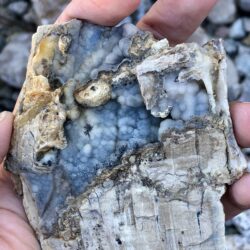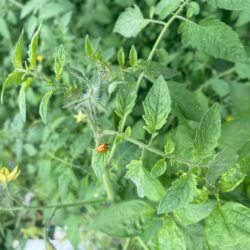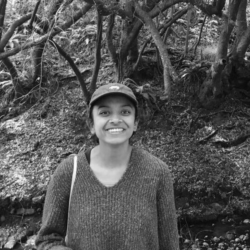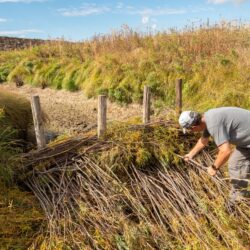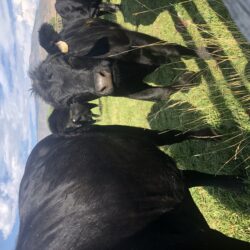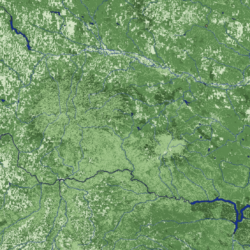Sampling soils in an ancient lake—Damaris Chenoweth
Some days our soil auger hits a layer of shale and instead of retrieving messy handfuls of sandy soil, we hear the dreaded grinding of steel on rock. We accept the disappointment of a missing data point because the alternative is to litter the ground with small holes to find a penetrable spot. Around 50 Read more about Sampling soils in an ancient lake—Damaris Chenoweth[…]

